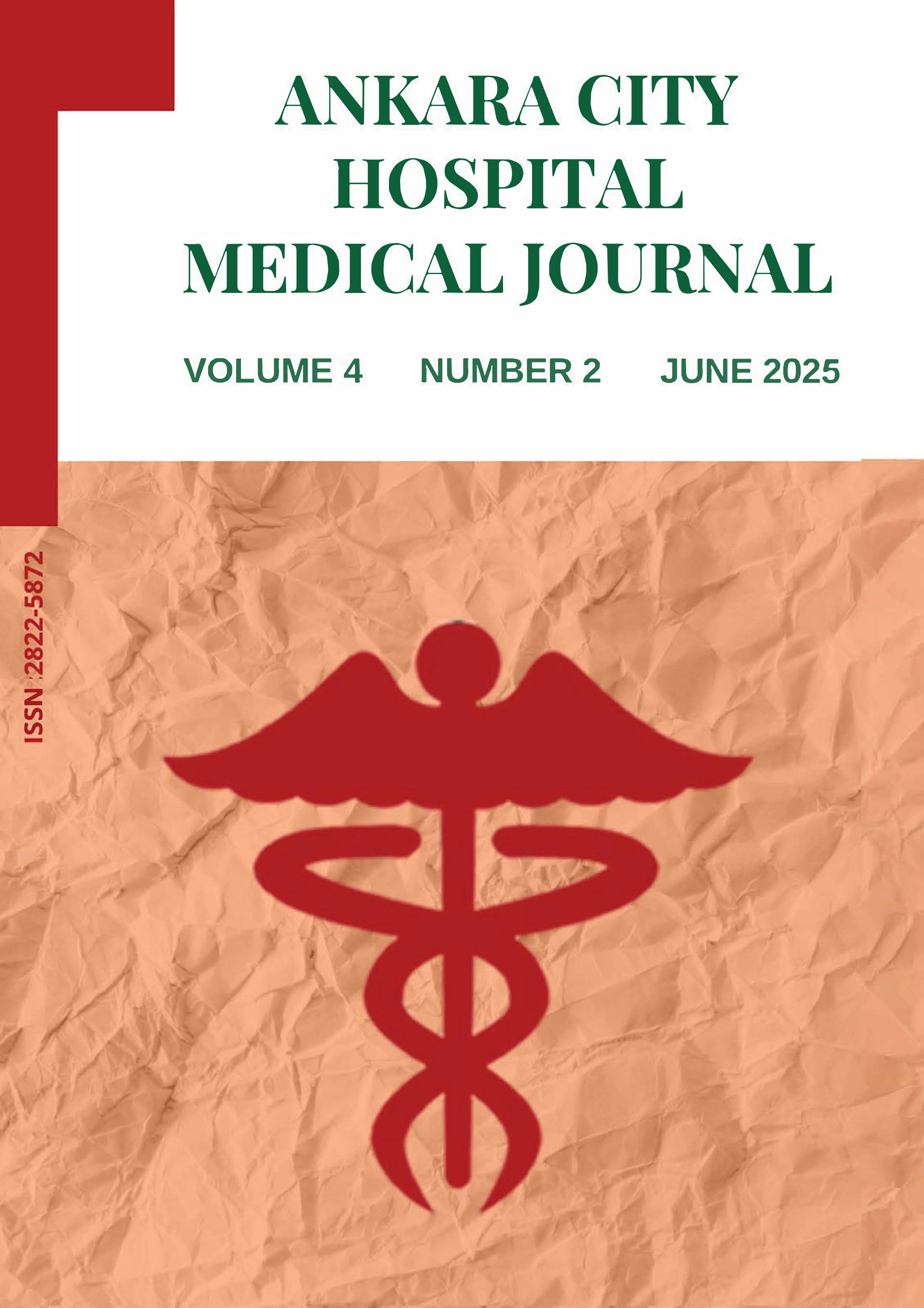
Diagnostic Value of Presepsin, CRP and Procalcitonin as Markers of Infection in Children with Community-Acquired Pneumonia
Ayyüce Ünlü1, Necdet Kuyucu2, Asuman Akar2, Edanur Yesil2, Didem Derici31Mersin University, Faculty Of Medicine, Department Of Pediatrics, Mersin, Türkiye2Mersin University, Faculty Of Medicine, Department Of Pediatric Infectious Diseases, Mersin, Türkiye
3Mersin University, Faculty Of Medicine, Department Of Biostatistics, Mersin, Türkiye
INTRODUCTION: Community-acquired pneumonia (CAP) is a common pediatric infection desaese.Biomarkers such as C-reactive protein (CRP) and procalcitonin are frequently used for diagnosis and disease monitoring. Presepsin, has emerged as a novel marker involved in the early immune response to bacterial infections. This study aimed to evaluate the diagnostic value of CRP, procalcitonin, and presepsin in children with CAP.
METHODS: A total of 61 children aged 1 month to 17 years were included in this prospective observational study conducted between December 5, 2018, and December 5, 2019. Thirty-seven patients with clinically and radiologically confirmed CAP who were admitted to the Pediatric Outpatient Clinics and Pediatric Emergency Department of Mersin University Faculty of Medicine Hospital, and 24 healthy age-matched children without chronic diseases were enrolled. Detailed demographic, clinical, laboratory, and radiological data were collected. Biomarker levels were measured at the time of diagnosis.
RESULTS: The mean age of patients was 4.3±4.7 years, and 51% were female; the control group had a mean age of 9.6±4.1 years. The most common symptoms were cough (94.6%), fever (75.7%), and wheezing (32.4%). Chest radiography showed lobar pneumonia in 29.7% and interstitial/bronchial pneumonia in 70.3% of cases. CRP, procalcitonin, and presepsin levels were significantly higher in the CAP group than in controls (p<0.001, p<0.001, p=0.001).
DISCUSSION AND CONCLUSION: CRP and procalcitonin remain valuable markers in diagnosing and managing pediatric CAP. Although presepsin demonstrated high specificity, its lower sensitivity limits its role as a primary diagnostic marker.It may, however, serve as a supportive tool in select clinical settings.
Manuscript Language: English
(9 downloaded)









